#Chrysothrix
Explore tagged Tumblr posts
Text










Chrysothrix candelaris
gold dust lichen, mustard powder lichen
Not all that glitters is gold--sometimes what glitters is lichen! A LOT of lichen. C. candelaris is a leprose lichen which grows on bark, wood, and rarely rock in sheltered microhabitats in cool-temperate, undisturbed regions. As you can see from these pictures, it can have a very extensive thallus, covering large areas in a thick, wooly layer, or it can grow in more dispersed, dusty patches across the substrate. It is always bright yellow in color, but can appear more orange or green tinged depending on its moisture level and how much sun exposure it gets. If you get up close and personal with it, you'll notice that C. candelaris is entirely composed of granules of fungal hyphae wrapped around bundles of chlorococcoid algae, primed for dispersal and ready to travel to a new substrate to colonize.
images: source | source | source
info: source | source
#lichen#lichens#lichenology#lichenologist#mycology#ecology#biology#fungi#fungus#symbiosis#symbiotic organisms#algae#Chrysothrix candelaris#Chrysothrix#gold dust lichen#yellow lichen#I'm lichen it#lichen a day#daily lichen post#lichen subscribe#life science#environmental science#natural science#nature#the natural world#beautiful nature#weird nature#go outside#look for lichens#lichens are so good
266 notes
·
View notes
Text
#2206 - Chrysothrix candelaris - Gold Dust Lichen
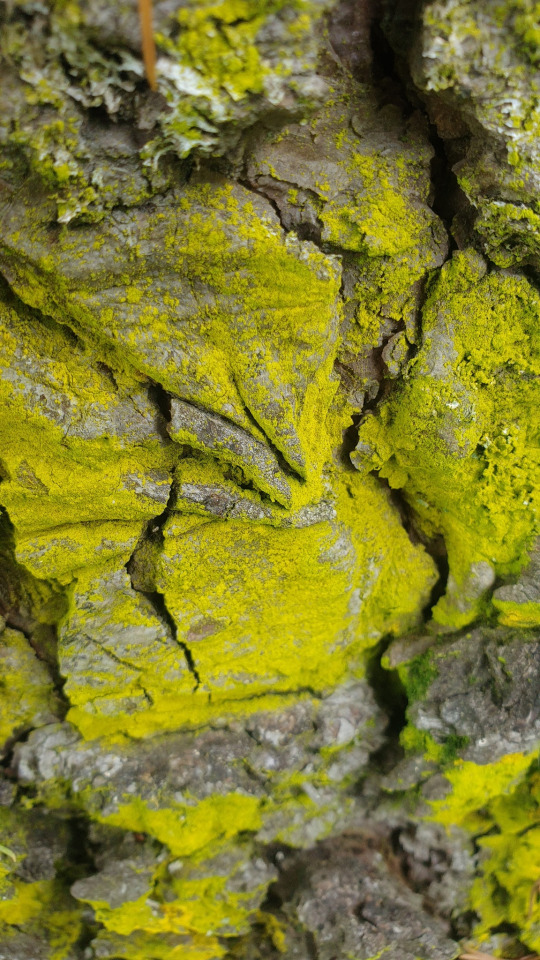

AKA mustard powder lichen.
A powdery lichen usually found on dry shaded tree bark (pine, here), and sometimes on rock. It does not reproduce by spores, instead having fragments of the thallus spread by the wind, or on the feet of animals.
This lichen is widespread, and common in some parts of Europe and North America.
Katikati Bird Garden, Bay of Plenty, New Zealand
1 note
·
View note
Text

Chrysothrix (candelaris)
Lisboa/Portugal (14/02/2024)
[Nikon Coolpix P900; 135mm; 1/60s; F6,3; 100 ISO]
4 notes
·
View notes
Text

‘Venus-hair stone’ is a clear crystal with rutile crystal inclusions.
Jeffrey Spier has pointed out that the stone may indeed be the chrysothrix (‘golden hair’) referred to in the Orphic Lithika, a lapidary probably dating to late antiquity. The stone, described in it as clear but containing what looks like strands of golden hair, is said to have been created by Helios and bestows heroism and honour.
13 notes
·
View notes
Text
Week 13 Observations
3.26.25

Charadra dispulsa
I couldn’t find a common name for this noctuid moth. Observed 3.26.25 at Galveston Island State Park. Its native range extends from Texas to San Luis Potosí, Mexico.
The adults show up from March to May and through July in South Texas.
They have an average wing size of 34 mm. Though nothing is known of the larval stages and the plants they feed on it is thought that the larvae might be oak feeders.
I could find very little on this species and that spot on its thorax may be a bald spot.
It may also be a female indicated by the refined antennae.
#charadradispulsa #noctuidmoth #citizenscience #moth #insect #native #nature #outdoors #march #march26 #2025 #picoftheday #project365 #day85
3.27.25

Eastern Mud Turtle
Kinosternon subrubrum
Observed 3.27.25 at Galveston Island State Park. This species is native and endemic to this area and eastern United States.
Though they prefer slow moving freshwater areas with heavy vegetation, they have adapted to coastal life by tolerating brackish waters.
In Texas this species is considered secure but habitat loss and road mortality contributes to its decline.
They dig under sand or dry leaves to hibernate from September to May. Not sure why this guy was out today.
They are omnivores, feeding on insects, aquatic plants, carrion, and more.
They are not strong swimmers and will walk along the bottom of the water and their nostrils are positioned so that they can breathe with most of their body submerged.
#easternmudturtle #Kinosternonsubrubrum #citizenscience #turtle #reptile #native #endemic #nature #outdoors #march #march27 #2025 #picoftheday #project365 #day86
3.28.25

Scarlet Pimpernel
Lysimachia/Anagallis arvensis
Observed 3.28.25 at Galveston Island State Park. It originates from North Africa, Europe, & Western Asia. It’s a widely distributed (by humans) nonnative, noninvasive annual.
The flowers will close when cloudy or stormy, earning it the nickname Shepherd’s weather glass & opens in the sunshine.
It produces very small, brown seeds to reproduce with each plant having the potential to produce thousands.
The plant contains toxins and can poison people and livestock if eaten in large enough quantities.
It has been used as the symbol for the hero in the novel turned musical, “The Scarlet Pimpernel” by Baroness Emmuska Orczy.
#scarletpimpernel #lysimachiaarvensis #anagallisarvensis #citizenscience #flora #nonnative #noninvasive #nature #outdoors #march #march28 #2025 #picoftheday #project365 #day87
3.29.25

Little Brown Skink
Scincella lateralis
Observed 3.26.25 at Galveston Island State Park. Their native range is most of the Eastern US & Northern Mexico. It is fairly common in its range and is at Least Concern on the IUCN Red List.
This is one of North America’s smallest reptiles. It is fossorial, meaning they spend most of their time under leaf litter. I had to boot this one out of the restroom.
It is diurnal but can be active at night as well. They spend the coldest months hibernating.
When threatened they will hide or run away. As a last resort they can drop their tail, growing it back later.
They are insectivores and use their tongue to sense chemicals from prey by flicking the air.
They live 2-4 years with young becoming reproductively mature at 1 year. Both males and females have many mates. They may lay more than one clutch per year with 1-6 eggs in each. After 1-2 months the babies hatch and are self sufficient. (I’m about 470 months old and I still struggling with self sufficiency 😅)
#littlebrownskink #scincellalateralis #citizenscience #reptile #lizard #native #nature #outdoors #march #march29 #2025 #picoftheday #project365 #day88
3.30.25

Common Gold-dust
Chrysothrix xanthina
Observed on tree bark at Galveston Island State Park on 3.28.25. It thrives in dry shaded areas on bark, dead wood and sometimes rocks. It is considered cosmopolitan meaning it is found everywhere except Antarctica.
It gets its name from its yellow color and the granular powdery structure of growth. These granules are called soredia, tiny reproductive units. These soredias spread by wind, animals, and even water.
Like all lichen, it is made up of fungi (for structure) and algae (for food) growing symbiotically. it is also a good environmental indicator, growing more abundantly in less polluted areas.
Commongolddust #Chrysothrixxanthina #citizenscience #lichen #nature #outdoors #march #march30 #2025 #picoftheday #project365 #day89
3.31.25

Tangerine Beauty Crossvine
Bignonia capreolata
Observed at a friend’s on Galveston Island on 3.31.25. It is native to the central and southern US. Though it is a vigorous climber, it is not invasive like other vine species.
They can bloom from spring to fall (this was her first big bloom of the season). It is low maintenance and thrives in full sun and can tolerate partially shaded areas.
It is a great pollinator attractor for butterflies, bees and hummingbirds.
Historically, Native Americans used parts of the crossvine for medicinal purposes, treating maladies like edema, diphtheria, rheumatism and headaches. On the flip side of that, it is not considered edible and has harmful elements that can cause allergic reactions and gastrointestinal issues.
#tangerinebeautycrossvine #bignoniacapreolata #citizenscience #flora #native #nature #outdoors #march #march31 #2025 #picoftheday #project365 #day90
4.1.25

Violet Carpenter Bee
Xylocopa violacea
Observed at a friend’s on Galveston Island 3.31.25. It is native to Asia and Europe.
They appear to be all black until the sun catches the blue & purple hues in their wings.
They visit a wide variety of flowers for pollen and nectar making them important pollinators. They can also use their size and weight to steal nectar from long, tubular flowers without pollinating.
They hibernate over the winter and start emerging around April-May. Their nature predators include some mammals and birds, including woodpeckers.
They create their nests by boring into decaying or dead wood which is where the “carpenter” part of their name comes from.
#violetcarpenterbee #xylocopaviolacea #citizenscience #nonnative #insect #nature #outdoors #april #april1 #2025 #picoftheday #project365 #day91
#citizen science#nature#outdoors#charadra dispulsa#noctuid moth#moth#insect#native#eastern mud turtle#endemic#turtle#reptile#scarlet pimpernel#nonnative#noninvasive#flora#little brown skink#lizard#common gold dust#lichen#tangerine beauty crossvine#violet carpenter bee#carpenter bee#bee
3 notes
·
View notes
Text
Chrysothrix is a genus of lichen-forming fungi, commonly called gold dust lichens or sulfur dust lichens. In macro






0 notes
Text

Chrysothrix candelaris - gold dust/mustard powder lichen
1 note
·
View note
Text

Ahhh, I bet you're right! "Gold dust lichen". The color is really vivid!

Green algae and foliose lichen on a shaded fence
89 notes
·
View notes
Text
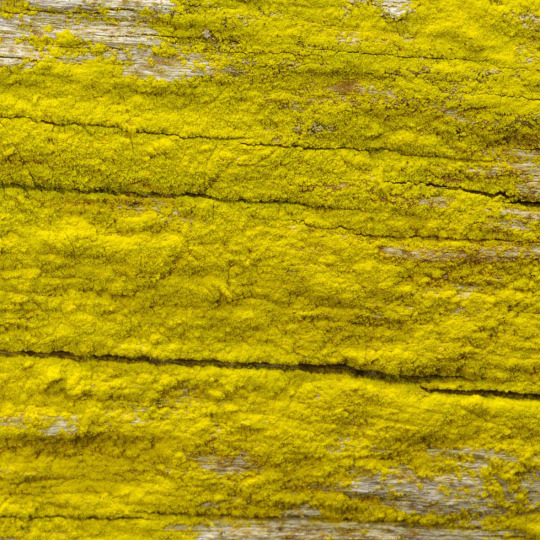

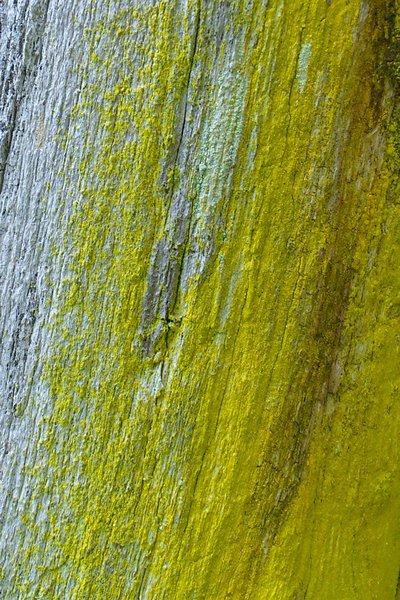

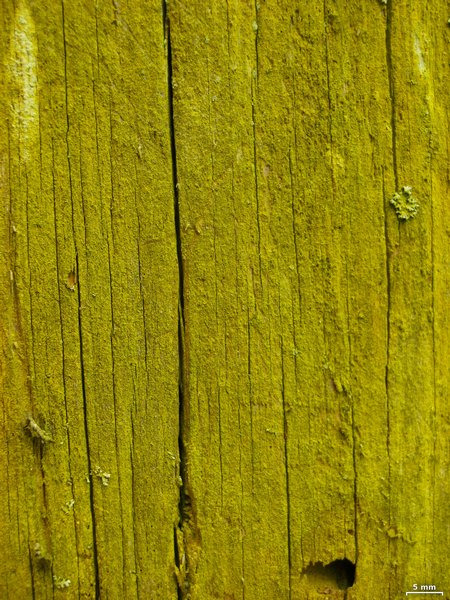

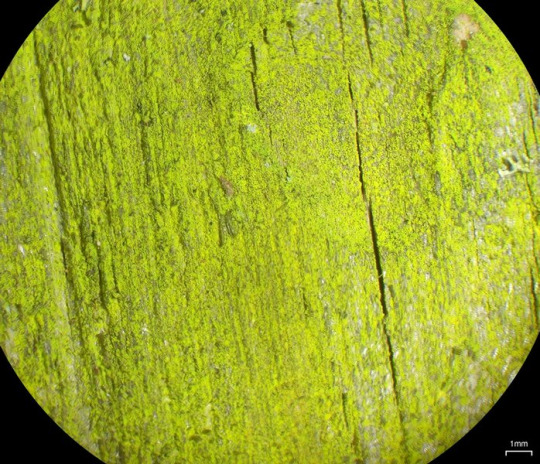

Chrysothrix xanthina
images: source | source
#lichen#lichens#lichenology#lichenologist#lichenized fungus#fungus#fungi#mycology#ecology#biology#botany#bryology#life science#natural science#nature#the natural world#beautiful nature#weird nature#Chrysothrix xanthina#Chrysothrix#I'm lichen it#lichen a day#daily lichen post#go outside#take a hike#look for lichens#lichens are so good#I love lichens
181 notes
·
View notes
Photo

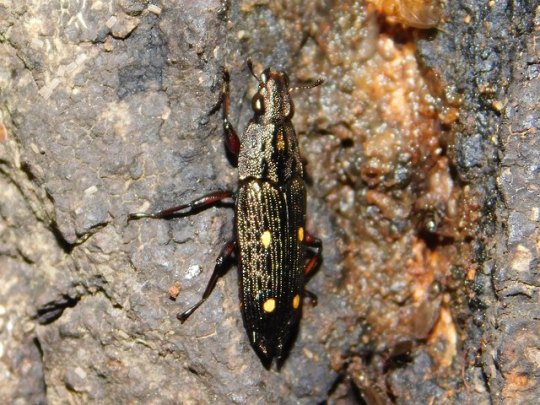
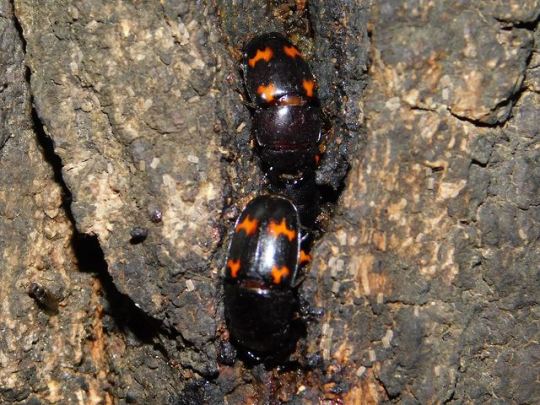
Aeolesthes chrysothrix, Helota gemmata, Glischrochilus japonius
Three kinds of beetles gathered for the sap of a Quercus serrata tree
14 notes
·
View notes
Text


Mustard Lichen - Líquene-em -pó-de-ouro (Chrysothrix candelaris)
Alcochete/Portugal (16/11/2023)
[Nikon D850; ∑150mm F2.8 EX DG OS HSM APO Macro with Flash Nissin Di 700A; 1/250s; 400 ISO]
5 notes
·
View notes
Text
Chrysothrix
Chrysothrix is a genus of lichen, commonly called “Gold Dust Lichen” for obvious reasons. After a little bit of research I suspect this to be Chrysothrix chlorin, but really have no actual way of knowing from just the picture I have left of the experience. I found it on the Malerweg trail outside of Dresden, Germany. It was on a large rock wall, among Old Saxon ruins. This species is known to…
View On WordPress
4 notes
·
View notes
Text










Chrysothrix is a genus of lichen-forming fungi, commonly called gold dust lichens or sulfur dust lichens.
Kingdom:Fungi
Division:Ascomycota
Class:Arthoniomycetes
Order:Arthoniales
Family:Chrysotrichaceae
composed entirely of powdery soredia. Соре́дии (от др.-греч. σωρός — куча) — органы вегетативного размножения у некоторых лишайников. По форме напоминают мелкие пылевидные комочки. Соредии состоят из одной или нескольких клеток водоросли, оплетённых короткоклеточными тонкими гифами гриба.
64 Medallion Drive, Oteha, Auckland 0632
7PH9+J3M Auckland
-36.7209140, 174.7176830
наземные растения низшие грибы
0 notes
Photo










Chrysothrix granulosa
images: source | source
163 notes
·
View notes
Photo






Chrysothrix caesia
Frosted comma lichen
There isn’t always a wealth of information on every lichen I want to share. That’s the case for the gorgeous C. caesia. This crustose lichen has a powdery, yellowish thallus covered in a thick layer of pale pruina that can often mute the color. The apothecia are small, they lack a margin, and are a distinctive pruinose, blue-gray color. It grows on the smooth bark of deciduous trees in mild temperate habitats in Europe and North America. This lichen used to be known as Arthonia caesia, but a 2009 genetic study found that it was more closely related to members of the Chrysothrix genus, and it was appropriately renamed. This was surprising because most members of this genus are very brightly pigmented, and so C. caesia is kindof the pale sheep of the family, er, genus. Just goes to show you can’t judge a lichen based on how it looks. Judge it based on internal anatomy and DNA!
source | source | source | source
#lichen#lichens#lichenology#lichenologist#mycology#fungus#fungi#lichenized fungus#biology#ecology#botany#bryology#not plants#not moss#life science#environmental science#natural science#nature is beautiful#naturalist#the natural world#forestry#taxonomy#systematics#evolution#genetics#go outside#look for lichens#forests#trees#see the forest for the lichens
45 notes
·
View notes





